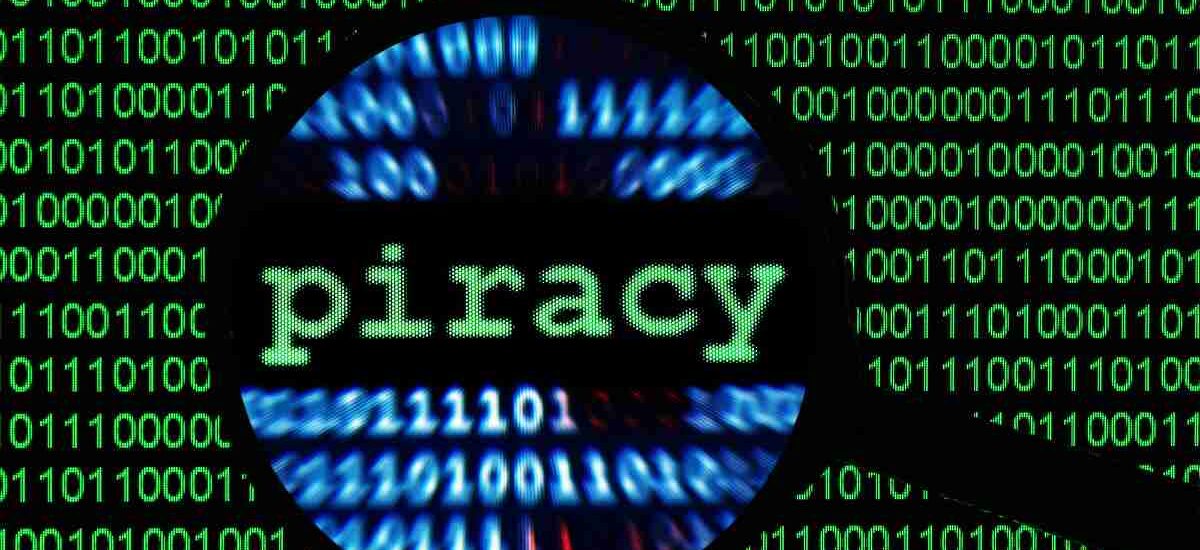Introduction
In today’s fast-paced digital age, where software powers everything from our smartphones to satellites, it’s easy to overlook the dark side of this technological marvel. One of the most pervasive yet under-discussed issues plaguing the software industry is software piracy. It’s not just about someone downloading cracked software from a shady website; it’s an intricate problem that affects developers, companies, economies, and end-users alike. In this blog, we will delve deep into what software piracy is, the various forms it takes, its consequences, legal aspects, and most importantly, what we can do to combat it.
What is Software Piracy?
In simple terms, software piracy refers to the unauthorized use, duplication, distribution, or modification of software. It involves using software without a legitimate license, whether it’s downloading cracked versions, sharing license keys, or installing a single-user license on multiple machines.
While it may appear harmless to some, the ripple effects are massive. It not only drains the software industry of billions of dollars every year but also poses serious cybersecurity risks.
Types of Software Piracy
To understand the scope of the issue, let’s explore the various types of software piracy:
- End-User Piracy: Occurs when individuals or companies install software on more systems than allowed by the license agreement. This includes using a single license on multiple devices or copying software for friends and coworkers.
- Internet Piracy: Involves downloading pirated software from the internet. These often come from illegal websites, peer-to-peer file sharing platforms, or torrent sites.
- Counterfeit Software: This is when fake copies of software are sold in packaging that appears genuine. This form of piracy is common in regions where physical software distribution is still prevalent.
- Client-Server Overuse: Happens when too many users on a network are using a single licensed copy of a software application beyond the allowed number.
- Hard Disk Loading: Occurs when resellers install unauthorized copies of software onto the hard drives of computers they sell to customers.
- OEM Piracy (Original Equipment Manufacturer): Involves the unauthorized bundling of software with hardware by distributors or resellers.
Why Do People Pirate Software?
Understanding the motivation behind piracy is crucial to combating it. Here are some common reasons:
- Cost: Licensed software, especially professional tools, can be expensive. Users often turn to pirated versions to save money.
- Lack of Awareness: Some users are unaware that what they’re doing is illegal.
- Accessibility: In some regions, genuine software is hard to access due to restrictions or unavailability.
- Convenience: Cracked software versions are often easier to install and bypass license activation hurdles.
The Impact of Software Piracy
- Economic Loss According to the Business Software Alliance (BSA), global software piracy causes billions of dollars in losses annually. This impacts not just major software corporations but also small developers and startups trying to make a living.
- Cybersecurity Risks Pirated software often comes bundled with malware, spyware, or ransomware. Users downloading these versions are unknowingly exposing their systems to cyber threats.
- Legal Repercussions Both individuals and companies caught using pirated software can face heavy fines and legal action. In some countries, it can even lead to imprisonment.
- Loss of Innovation When developers lose revenue due to piracy, they have fewer resources to invest in research and development. This slows down innovation across the industry.
- Poor Performance and Reliability Pirated software is often unstable, lacks updates, and misses essential security patches, leading to poor user experience.
Legal Framework Against Software Piracy
Most countries have strict laws to combat software piracy. Some of the key legal frameworks include:
- Copyright Laws: Software is protected under copyright legislation, making unauthorized copying or distribution illegal.
- End-User License Agreements (EULA): This legal contract outlines how the software can be used. Violating these terms constitutes piracy.
- International Treaties: Agreements like the TRIPS (Trade-Related Aspects of Intellectual Property Rights) Agreement enforce anti-piracy laws across borders.
Organizations like the BSA and Software & Information Industry Association (SIIA) work globally to enforce these laws and raise awareness.
How to Identify Pirated Software
Here are some red flags that could indicate software piracy:
- Unusually low price
- Absence of official documentation or product key
- Frequent crashes or inability to receive updates
- Vendor is not an authorized reseller
Always buy from trusted sources and verify licenses before installing any software.
Combating Software Piracy
Fighting software piracy requires a multi-faceted approach:
- Education and Awareness Many people don’t fully understand the implications of using pirated software. Awareness campaigns can inform users about the legal and security risks.
- Technological Solutions Developers can use techniques like digital rights management (DRM), product keys, hardware-based activation, and cloud-based licensing to prevent unauthorized use.
- Stricter Enforcement Governments and law enforcement agencies must take stronger action against distributors of pirated software.
- Affordable Pricing Models Subscription-based pricing (like SaaS) makes software more accessible. Offering student or regional discounts can also reduce piracy.
- Regular Audits Organizations should conduct regular software audits to ensure compliance and avoid legal trouble.
Real-World Examples of Piracy Crackdowns
- Adobe Systems: Known for its creative software, Adobe has actively cracked down on piracy through digital tracking and legal action.
- Microsoft: One of the most pirated software companies in the world, Microsoft has implemented various anti-piracy technologies and filed lawsuits across several countries.
- Autodesk: The makers of AutoCAD have used licensing technology and legal means to tackle unauthorized use of their software.
These companies have not only enforced legal action but have also started offering more accessible pricing to reduce piracy.
Why Avoiding Pirated Software is Important for Businesses
If you run a blog, e-commerce platform, or digital business, pirated software could be your downfall. Search engines penalize websites with malicious or unauthorized software, affecting your SEO rankings. Moreover, hacked systems due to pirated software can lead to data breaches, damaging your credibility and search visibility.
The Ethical Perspective
Beyond legality, software piracy is an ethical issue. Developers and companies invest time, energy, and resources into creating software. Using it without paying is akin to stealing someone’s hard work. Encouraging ethical software use is vital for building a sustainable digital economy.
Conclusion
Software piracy is a silent threat undermining the progress of the digital world. It may seem like a victimless crime, but its consequences are far-reaching. From economic damage and cybersecurity threats to legal and ethical concerns, piracy affects us all.
As users, developers, or business owners, it’s our responsibility to support legitimate software usage. Only then can we foster a tech ecosystem that thrives on innovation, security, and fairness.
Call to Action
Are you using legal software? If you’re unsure, now’s the time to audit your digital tools. Support developers by buying genuine software and reporting pirated versions when you see them.
Let’s contribute to a piracy-free tech world—one license at a time.




